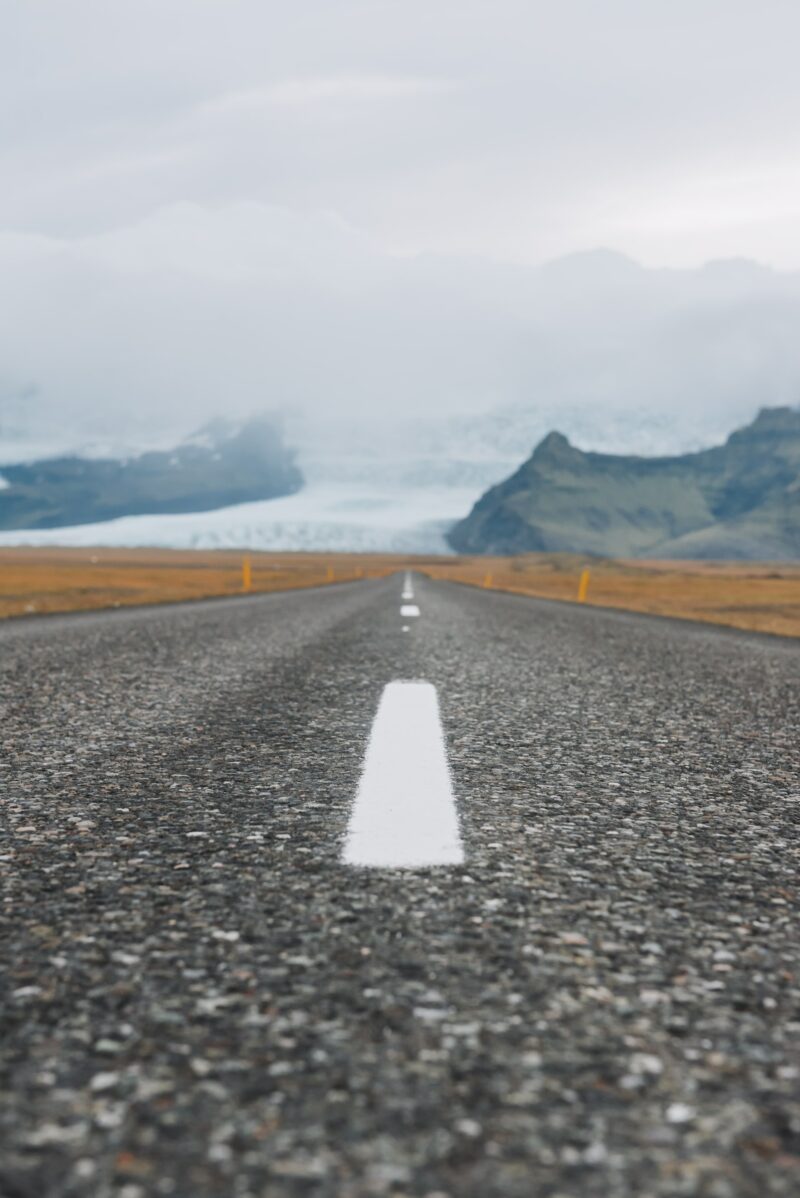The availability of cheap and accessible artificial intelligence (AI) agents will change our creative process and collective output. It poses a real threat to the income of professional creators something which was previously protected by copyright laws. Everyone is talking about this stuff and here are a few notes and links to keep you up to date. Also you might want to revisit your IP strategy in view of these stories.

Background on artificial intelligence agents
Many AI agents can help a human creator. Two interesting types are Large Language Models (LLMs) and Text-to-Image Models (T2IMs).
Large Language Models are artificial intelligence system that mimic how humans write. We have considered how to build these since Alan Turing’s paper – A. M. Turing, 1950 “Computing Machinery and Intelligence” Mind 49: 433 – 460. (BTW the paper is a bit different to what we call a Turing Test.) You can use these models to read and summarize text, translate, predict text as you type, or generate copy based on prompts. A famous example is GPT-3 used in the ChatGPT tool. However, there many others being released all the time – for example, Meta Research LLaMa collection of models trained on open data.
The T2IMs are similar except they provide images as output. These machine learning models accept your prompt — a natural language description — and produces an image matching your description. These models are new, e.g., 2015. Famous examples are OpenAI’s DALL-E 2, Google Brain’s Imagen, and StabilityAI’s Stable Diffusion. These are interesting in that one can create bespoke are in seconds. As well, because we are used to seeing such good CGI and mostly view digitized images these outputs look to most observers as real photographs.
Training data
An important aspect of an AI or machine learning system is the training data. This is a large set of information used to train a model. An important question is the training affected by the copyright and licence on the work?
For more information listen to:
- Spark, 2017 “Self teaching bots, AI copyright and more” CBC Radio, 2017 Oct 27.
- Spark, 2018, “Can an artists sue an AI over copyright infringement” Episode 409, CBC Radio, 2018 Oct 12.
- The Indicator, 2023 “Did an AI write this headline” Planet Money at NPR, 2023 Jan 18
Aside: Artificial intelligence models you can use today
The two most accessible AI tools right now are Midjourney – an online image generator – and Microsoft Bing – a search engine. You can use these to create images and text.
Monkey Selfie: A useful precursor
There were a series of legal disputes about the copyright in an image of a monkey. The more general legal question related to does the creator need to be human for the image to be copyrightable.
Nature photographer David Slater, a Brit, is a passionate environmentalist and for several years photographed of the critically endangered Celebes crested macaques in Indonesia. A series of images he released in 2011 led to a suite because one of the images was described by newspapers that published it as a selfie. This implies that the animal wielded the camera, aimed it, and tripped the shutter. That isn’t apparently what happened.
David Slater, a professional photographer, went through great effort to obtain the image. He wanted a portrait an individual and noted the monkeys’ found their image amusing. He packed the camera into the jungle, set it up on a tripod, with a wide angle, plus selecting various settings in automatic focus and exposure as most photographers do. He attached a remote release and held on to the tripod Eventually the camera held several images and David left after being hit by the alpha male.
The selfie image was uploaded to Wikipedia who refused take down notices on the basis that the macaque was the photographer. The argument further was since the monkey wasn’t human and they created the image Mr. Slater couldn’t invoke copyright.
From there the matter got weirder and we learned nothing about whether an AI can hold a copyright. For more information listen to This American Life, 2017 “Monkey in the middle” Episode 631, Act 1. Discussion of the monkey selfie case.
Copilot: Where did you get your training data?
In June 2021, GitHub and OpenAI launched Copilot, an AI-based that autocompletes blocks of code using AI. GitHub charges developers $10 per month to use this service. The AI is trained on software uploaded to GitHub and those developers get no royalty. In 2022 November, Matthew Butterick, a lawyer in California launched a class action lawsuit on behalf of the authors of the training data. See https://githubcopilotlitigation.com/pdf/06823/1-0-github_complaint.pdf
Stability: Do you have a licence for those images?
Stability AI Ltd. is a UK corporation that released Stable Diffusion a T2IM. The model is compact in that it can run on modest consumer grade hardware.
Getty Images sued Stability AI in the UK’s High Court of Justice for infringement of the stock images that Getty sells. Getty Images does provide licences for training artificial intelligence systems but Stability AI did not seek any such licence from Getty.
Matthew Butterick who is part of the team suing GitHub and OpenAI is also suing Stability. If you are a solicitor or scrivener in this area do read the complain for the definitions used. https://stablediffusionlitigation.com/pdf/00201/1-1-stable-diffusion-complaint.pdf
For more information listen to:
- The Indicator, 2023 “AI vs Artists” Planet Money at NPR, 2023 Jan 30.
Kristina Kashtanova: An author’s story
Kristina Kashtanova wrote and published a graphic novel, Zarya of the Dawn. It is an “adventure of a non-binary person (Zarya) in different worlds to gather mental health tools to be able to handle their emotions and thoughts and to find connection with other people and creatures.” Available here.
Ms. Kashtanova wrote the story and arranged the panels but used Midjourney to draw the images. Kristina then applied for and was granted a registered copyright from the US Copyright Office.
After obtaining a copyright registration with herself as author but listing Midjourney on the cover page, the office wanted to cancel the registration because the information was incorrect or incomplete. The office found out on social media but in future may just look up certain names of AI models in registrations.
After a back and forth the office granted her partial protection for the text and arrangement of images but denied protection for the individual images within the graphic novel. See Robert J. Kasunic, U.S. Copyright Off., Zarya of the Dawn (Registration # VAu001480196) (2023). The office applied the Feist test and referenced the Burrow-Giles case.
For more information see
- Burrow-Giles Lithographic Co. v. Sarony, 111 U.S. 53, 57–59 (1884). The US Supreme Court held that photographs were protected by copyright because they embodied “original intellectual conceptions” belonging to its “originator; maker; one who completes a work of science or literature” and not “merely “a reproduction on paper of the exact features of some natural object”.
- Feist Publications, Inc., v. Rural Telephone Service Co., 499 U.S. 340 (1991). A case of the US Supreme court holding the contents in telephone directory could not be copyrighted since it didn’t have minimal creativity.

Implications
What are the implications for your organisation? It is hard to say. After all a software company will have a different pose to an artist. A photographer will be more aligned with a stock house but have a different view than a consumer.
We suggest you consider how the changing law and technology will affect your organization. The principals at Perpetual Motion Patents have extensive experience as in-house IP managers and IP strategists. If you would like help planning or implementing your IP program please do contact us. If you have an acute issue needing legal advice we are happy to refer you to the appropriate lawyer.



